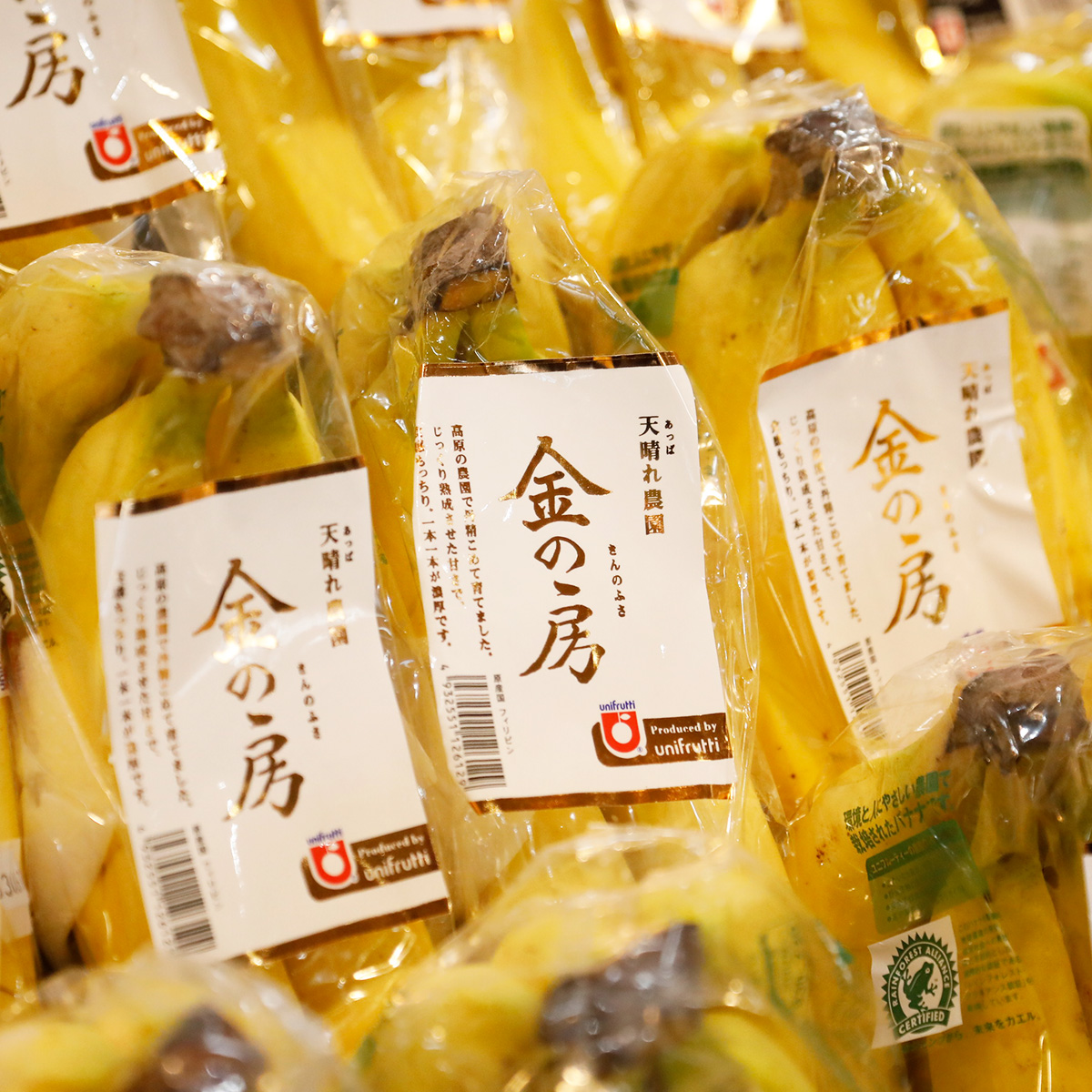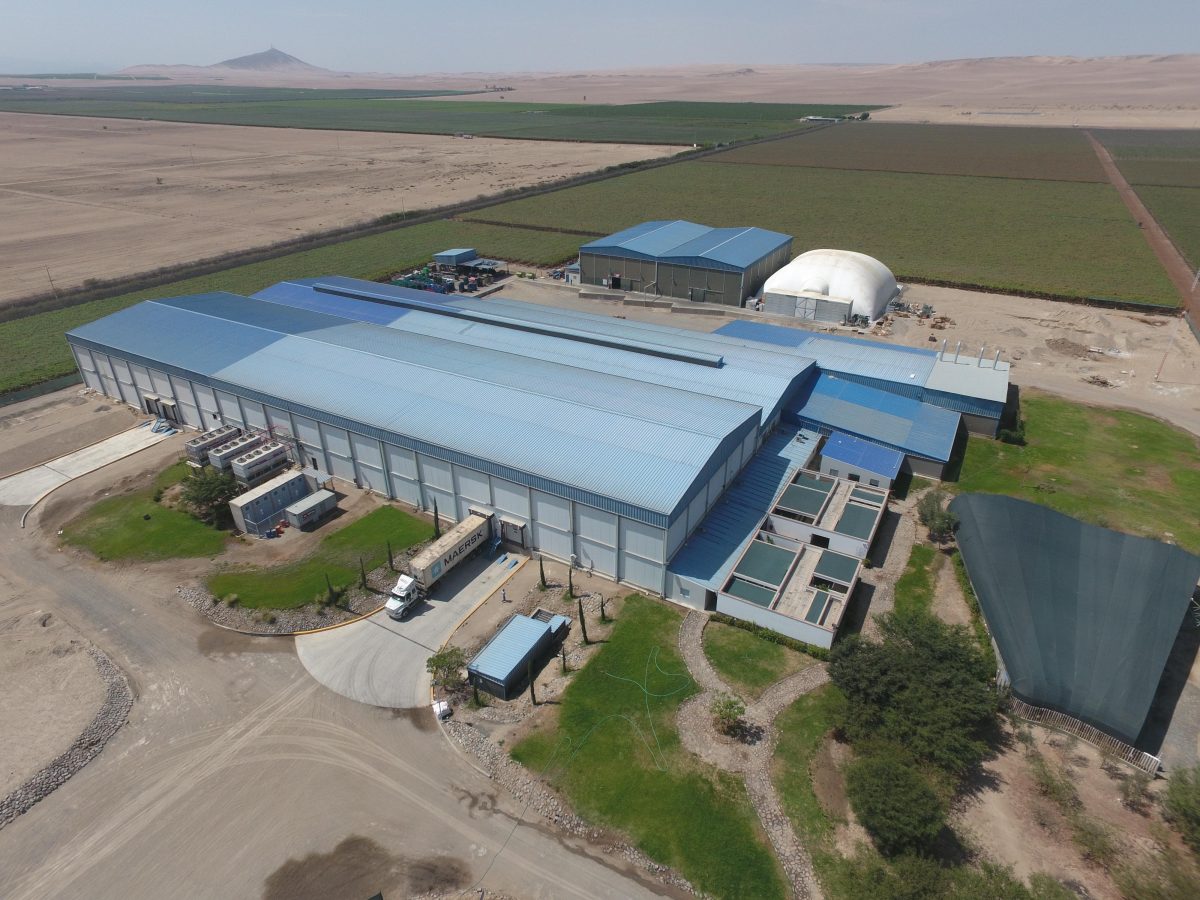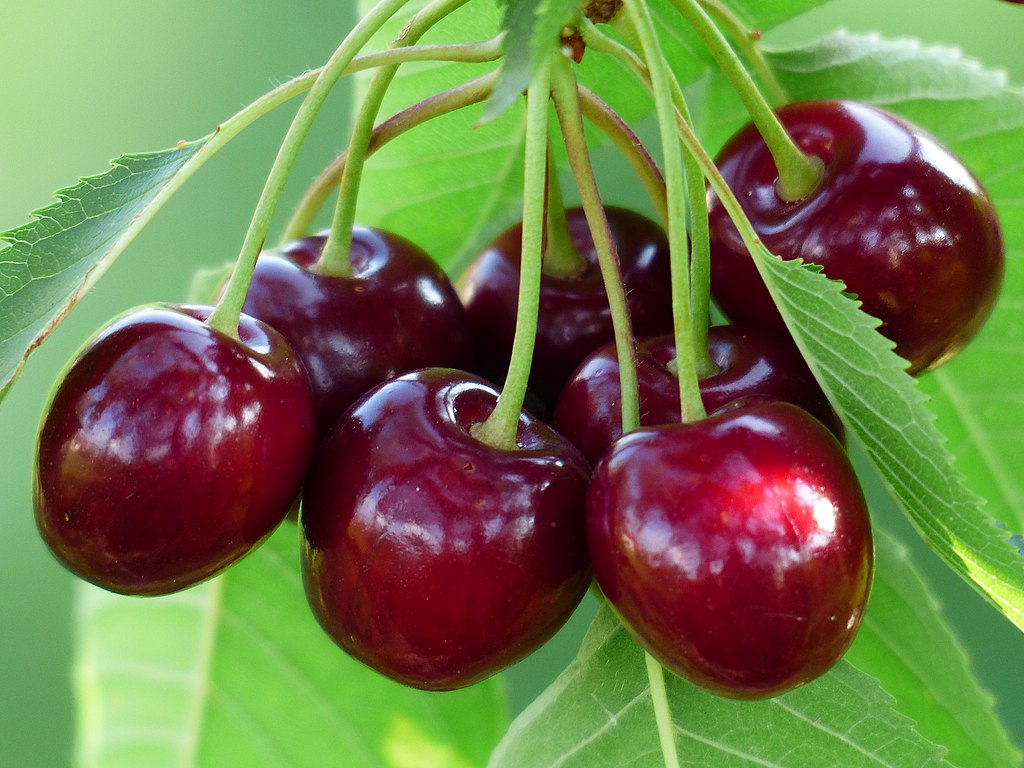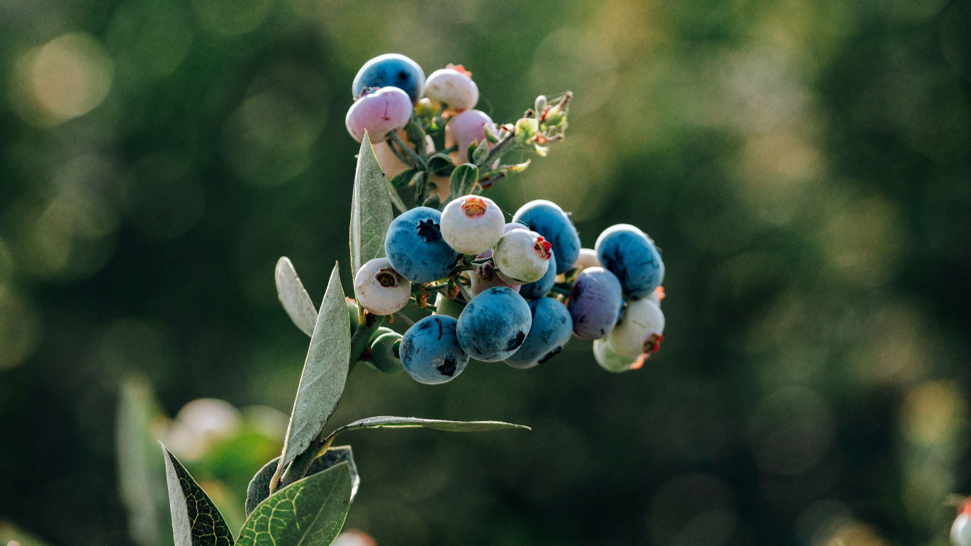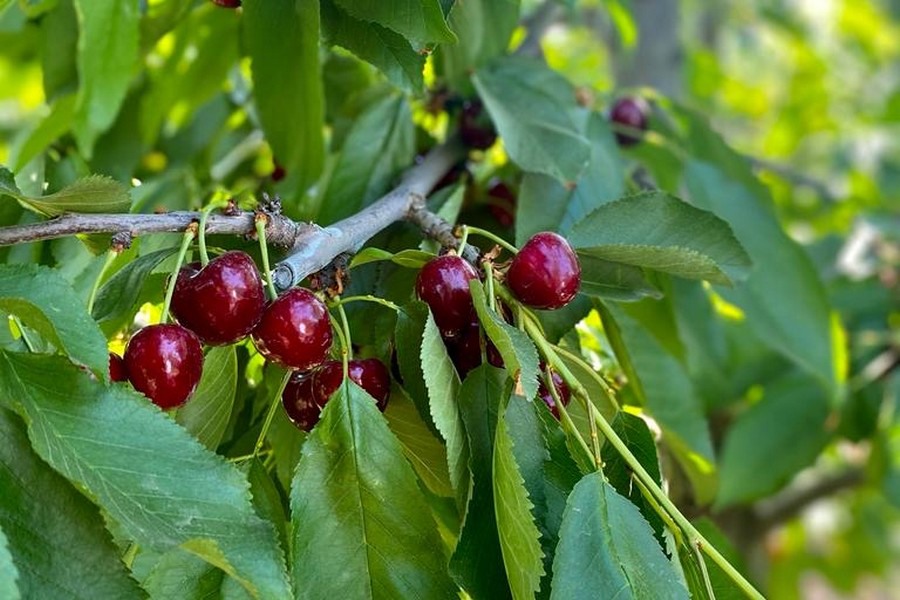Read the original Article on Asia Fruit News
Adapting to changing consumer demands is the key to finding growth opportunities in Japan, says Unifrutti Japan president Kennard Wong.
Unifrutti Group is a leading global producer and distributor of fresh produce, marketing a wide range of products and having more than 14,000ha of farms across four continents. Where does Unifrutti Japan fit in to the group?
Kennard Wong: Unifrutti Japan’s core business is the importation, marketing and retail distribution of produce under the Unifrutti brand for the Japan market. Our core product is bananas sourced from the Philippines while we also handle a range of fruit products sourced from group companies globally.
Japan is the first market in the group to launch its farm-to-retail strategy. From the perspective of distribution, this involves leveraging our production base, shipping and logistics as well as our network of partners across the supply chain to ensure our products meet Japan’s high standards for freshness and quality. From a marketing perspective, it’s the execution of a holistic approach to relay a brand message we hope resonates with consumers in achieving a brand premium.
Overall, nimbleness across the supply chain to achieve a level of market control enables us to be responsive to the Japan market.
Philippine bananas are the core product for Unifrutti Japan. Can you give us an overview of your banana offering and update us on any recent developments?
KW: Japan is unique in the sense that consumers prioritise eating experience and thus pay a premium price for products they deem to be of equally premium value, so we maintain a consumercentric approach by responding to their definition of product value. Key insights gained from consumer analysis and focus group interviews steer the direction of our product development and product offering.
As a primary example, we’ve developed a diverse banana product line-up such as highland and premium highland lines geared toward these specific consumer demographic tiers. It has required farm development in high elevation regions for us to accommodate this consumer need. This type of push/pull approach – balancing what we want to produce for the consumer with what the consumer wants us to produce for them – has been critical in responding to these diverse Japan market demographics.

Beyond bananas, which categories are most important to Unifrutti Japan? Which ones are showing the most potential for growth?
KW: Based on market analysis, we’ve identified several products attracting growing consumer demand in Japan, such as grapes and kiwifruit. Leveraging the group’s production base in Chile, we began importing grapes from 2017 to fill the gap during the open window in the first half the year when domestic grape production is off-season. We plan to import more kiwifruit from Chile as well.
Retailers have been very receptive to our grapes. Given the fragmented structure of the retail market and the way consumers shop for fruit daily, it’s really about how we can pack grapes into smaller quantity clamshells to accommodate consumers and manage distribution and logistics to execute daily deliveries to retail outlets. That’s the biggest challenge for any importer of fruit to Japan. Going direct to retail requires facilities and operational capabilities. For example, we purchased top sealers to pack grapes in clamshells with plastic labels ourselves to be in the position to directly penetrate the retail sector.
Unifrutti Group partnered with freight forwarder Nippon Express last year to reopen the trade for Sicilian blood oranges to Japan. This obviously built on Unifrutti’s acquisition of Oranfrinzer in October 2021. How did the programme go?
KW: It was a pilot programme well received by our retail customers and consumers. Nippon Express was instrumental in executing the logistics aspect of this programme this past April especially since it coincided with the start of the Russia-Ukraine war which significantly disrupted global logistics.
We’re always grateful to our partners who enable us to facilitate the introduction and re-introduction of products into the Japan market.


Is Unifrutti introducing any other imported fruit products or supply origins to Japan?
KW: We’ve identified the potential for several products but have been restricted by strict phytosanitary and import regulations which ultimately limits the offering of products Japan consumers would potentially gravitate toward. In this respect, relaxing these regulations would greatly accelerate Japan’s path toward achieving greater food security.
Overall, what kind of consumer and retail trends are you seeing in the Japanese market?
KW: For a market as demanding as Japan, market response nimbleness is critical due to the unique and diverse nature of this consumer base. As one example, consumers are sensitive to hygiene, which requires bananas to be packaged in vinyl bags to maintain cleanliness of the fruit. As another example, Japan’s population is trending toward one-person households, which now represents nearly 40 per cent of all households. In the near future, this will require the banana industry to transition from five-finger consumer packs to three-finger or less to accommodate consumption in smaller portions.
Declining fresh produce consumption is a long-term issue in Japan. Do you think anything can be done to counter or arrest this trend?
KW: Responding to the evolving consumers tendencies of the Japan market will be critical to arrest this trend. Specifically, the primary driver is the significant decline in consumption of fresh produce among the under 40 age-bracket. However, we’ve noted an uptick in fresh produce consumption when incorporated into products such as fresh smoothies and juices which are highly popular among this demographic. It’s a case of fully leveraging these opportunities to raise the profile of fresh produce.
What kind of marketing and branding initiatives does Unifrutti undertake for its products in Japan?
KW: A key insight we’ve learned from our consumer research is the reasons Japan consumers purchase products goes beyond high quality. They look at the back story – what your product is about, how it’s produced, what your corporate identity is, so it’s important to incorporate messaging that emotionally resonates. One example is our marketing and branding initiatives detailing our commitment to sustainability initiatives which focuses on people and the environment. Unifrutti takes great pride in producing products the right way, so conveying these points of differentiation to consumers is key for us.
Japan was once the most attractive market in Asia for global fresh produce suppliers with a reputation for paying impressive premiums. China’s rapid emergence saw it become the standout market and set the price trends in Asia. Now there is more competition from other exciting markets such as Vietnam. Where do you see Japan’s positioning as a market today? How can it compete with other markets and attract global suppliers?
KW: Japan is still an attractive market when considering the zeitgeist covets products of premium value. In this respect, it continues to provide the opportunity to execute a type of ‘blue ocean’ strategy if producers can remain highly responsive to the evolving consumer trends of this market.

Unifrutti Japan president Kennard Wong
